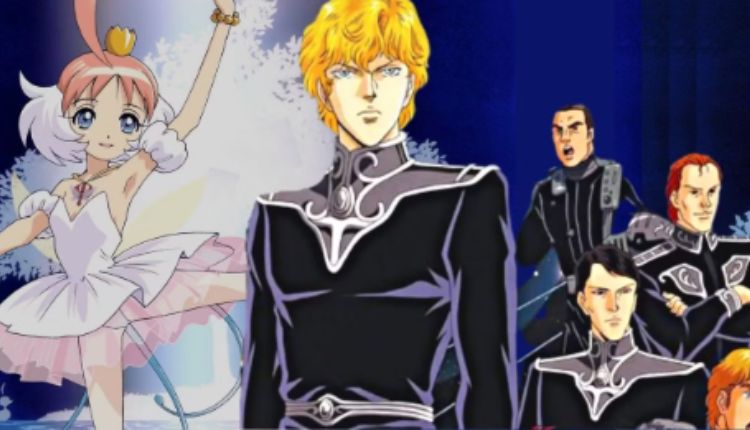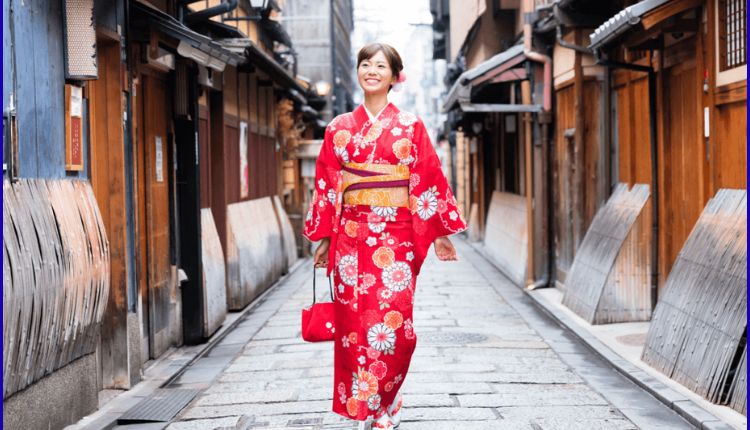Produced with the Hyou aid of Kyoto Animation and primarily based on the novel with the aid of Honobu Yonezawa, blends mystery, slice-of-life, and philosophical musings in a way that sets it apart from other high school anime. While it doesn’t boast explosive action or supernatural drama, its power lies in quiet revelations, sharp dialogue, and the emotional journeys of its characters. For anime enthusiasts who admire layered narratives and properly evolved character arcs remains a loved name.
The Premise and Setting of Hyou
The tale of Hyou centres around Oreki Houtarou, a high school scholar who embraces a minimalist lifestyle under the philosophy of “electricity conservation”. He avoids useless effort, a quiet and uneventful life. However, matters start to change when his older sister persuades him to enrol in the Classic Literature Club at Kamiyama High School. There, he meets Chitanda Eru, an exceedingly curious and clever woman who’s driven by means of an unquenchable thirst for knowledge and mystery.
Together with their classmates Fukube Satoshi and Ibara Mayaka, the group begins solving reputedly mundane but intellectually attractive mysteries, ranging from missing documents to long-forgotten faculty secrets and techniques. The setting is realistic and level-headed, relying on the intricacies of human behaviour and records instead of tricky crime or myth.
Character Development and Dynamics
One of the greatest strengths of Hyou is its cognisance of individual boom and interaction. At the core of the series is the evolving relationship between Houtarou and Chitanda. Houtarou’s worldview is challenged by using Chitanda’s boundless interest, and over time, he begins to make more effort in his surroundings and relationships. His transformation is gradual and natural, reflecting real-life personal growth rather than dramatic change.
Chitanda, in contrast, is lively, curious, and full of energy. Her fascination with mysteries isn’t just a character quirk — it reflects a deeper want to recognise her world and the humans around her. Through her, the target audience learns to take a look at ordinary occasions with renewed surprise.
Satoshi and Mayaka offer additional layers to the tale. Satoshi hides a deep-seated jealousy and inferiority complex at the back of a playful facade, especially in comparison to Houtarou’s sharp mind. Mayaka, a manga enthusiast and perfectionist, offers together with her very own struggles, along with self-doubt and unstated feelings. Their aspect arcs offer richness to the narrative, exploring topics of identification, unrequited emotions, and internal warfare.
Themes Explored in Hyou
Despite its grounded premise, Hyo delves into philosophical and emotional subject matters that give the series fantastic intensity. The central topic revolves around the feeling of curiosity and the pursuit of information. Through Chitanda’s questions and Houtarou’s deductive abilities, the anime makes a case for being attentive to the little information of ordinary life. It demands that visitors discover the meaning inside the mundane and interact with the world around them.
Another habitual subject matter is the tension between attempt and passivity. Houtarou’s reluctance to take part actively in existence is positioned to take a look at at some point of the series, forcing him to question whether or not consolation and safety are really worth the price of emotional detachment. His man or woman arc mirrors the quandary many face in actual lifestyles: to stay in one’s comfort zone or to step out and embody complexity.
The display additionally explores nostalgia, teenagers, and the ephemeral nature of excessive college lifestyles. Each mystery frequently ties into deeper questions about reminiscence, history, and the way humans choose to recall or overlook the past. The characters confront now not just logical puzzles but emotional and ethical dilemmas, prompting introspection both in the narrative and among visitors.
Kyoto Animation’s Visual and Narrative Style
Kyoto Animation is famous for its meticulous attention to detail, and Hyo is no exception. The animation is elegant, fluid, and expressive. Scenes are filled with visible symbolism and diffused cues that beautify the storytelling. Whether it’s the lighting of a school room, the texture of a pageant at night, or the expressions on a man’s or woman’s face, everything contributes to the immersive experience.
Narratively uses a slow-burn technique, constructing intrigue through careful pacing and progressively deepening individual relationships. The mysteries are regularly simple in premise but rich in implication, requiring eager remark and emotional intelligence to solve. The storytelling is by no means rushed, allowing visitors to sink into the ecosystem and the mental undercurrents of every episode.
Reception and Cultural Impact
Upon its launch, Hyouka acquired a wonderful, however relatively subdued, reception. It wasn’t as flashy as other titles airing at the time, which led it to fly under the radar for lots of casual anime viewers. However, through the years, it has gained a committed fan base that appreciates its nuanced storytelling and character intensity.
Critics have praised Hya for its intelligence, beauty, and emotional resonance. It’s frequently mentioned as an example of the way anime can deal with subtlety and introspection without turning dull. The person of Houtarou, particularly, has ended up emblematic of quiet introspection in anime — a man or woman who unearths his voice now not through shouting, however, via considerate engagement.
Hyouka’s impact may be seen in the next anime that try and blend slice-of-life with mystery and philosophy. Its impact may not be loud, but it’s far lasting, particularly among creators and fanatics who see anime as a serious artistic medium.
Symbolism and Motifs Hyou
Hyouka employs ordinary symbols and motifs to boost its topics. The use of mild and shadow often reflects Houtarou’s inner nation — scenes grow brighter as he becomes extra engaged, while gloomier tones dominate when he’s withdrawn. Water is another common motif, symbolising clarity, alternation, and now and again emotional turbulence.
The name itself, “Hyouka”, holds symbolic meaning. It translates to “ice cream” phonetically; however, in the context of the series, it refers to a cryptic message associated with the school’s beyond and the freedom of expression. This layered symbolism underscores the series’ tendency to cover deeper meanings below surface simplicity.
Unresolved Questions and the Possibility of a Sequel
Hyouka ends without wrapping up every character arc, leaving fanatics hoping for a 2nd season or a continuation of the tale. While the authentic novel collection is kept, the anime edition covers handiest the primary few volumes. As a result, viewers are left to wonder about the destiny of Houtarou and Chitanda’s dating, Satoshi’s personal growth, and Mayaka’s inventive adventure.
Despite the dearth of a concrete sequel, the anime’s ending is thematically gratifying. It doesn’t offer all the answers but, as an alternative, leaves room for interpretation — much like the mysteries it presents. This open-ended end aligns with the display’s emphasis on subtlety and realism, encouraging visitors to locate closure in the journey in place of the vacation spot.
Legacy and Continued Appreciation
Years after its release stays a loved and frequently mentioned identity inside the anime community. Fan theories, man or woman analyses, and tributes are preserved to populate forums and social media structures. The anime’s ability to resonate emotionally even as it stimulates highbrow curiosity makes it an extraordinary gem.
It is especially famous among viewers who prize introspective storytelling and individual-driven plots. The legacy is, in addition, cemented by its inclusion in anime advice lists, academic discussions about anime aesthetics, and fan conventions where its characters still draw admiration.
Conclusion
Hyou is more than simply an anime about high school students fixing mysteries. It is a meditation on curiosity, non-public boom, and the diffused beauty of ordinary existence. With its masterful animation, deep individual improvement, and layered themes, it stands as a testament to the storytelling energy of anime. Whether you’re drawn to considerate dialogue, compelling emotional arcs, or visual artistry, gives a uniquely enriching experience. It invites us now not just to observe, but to study, to impeach, and to reflect, making every quiet second profoundly meaningful.





